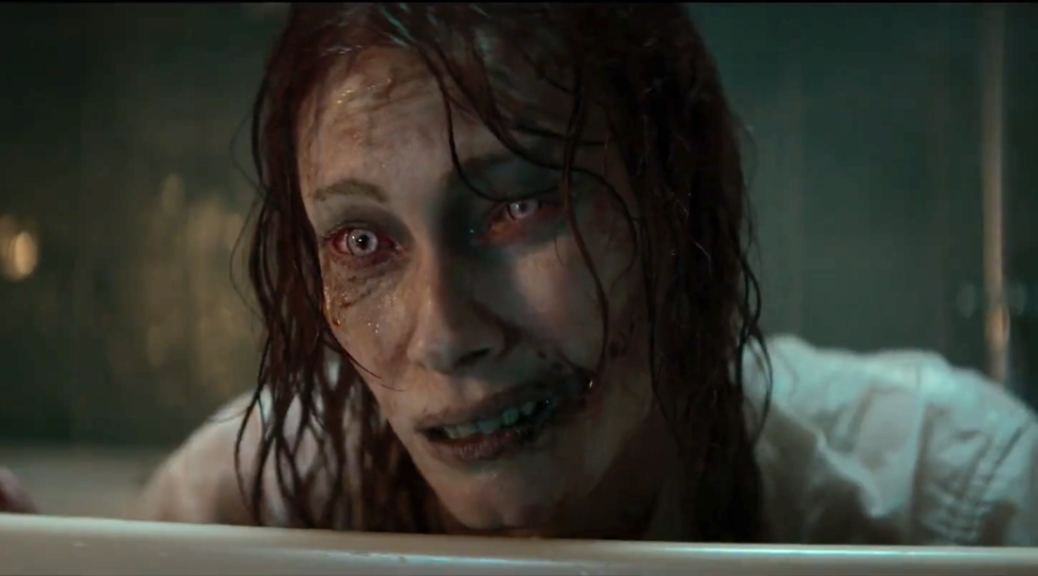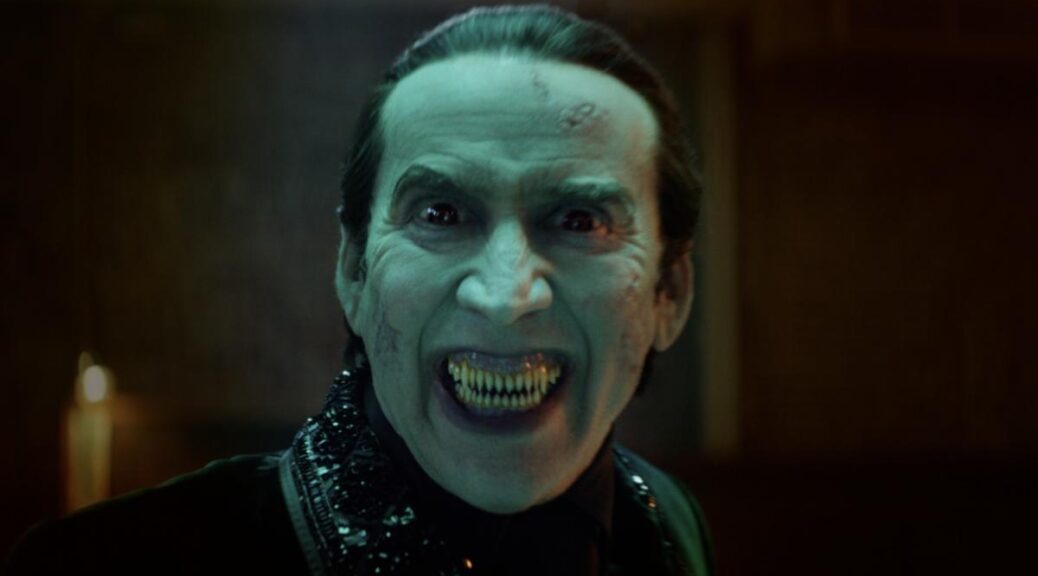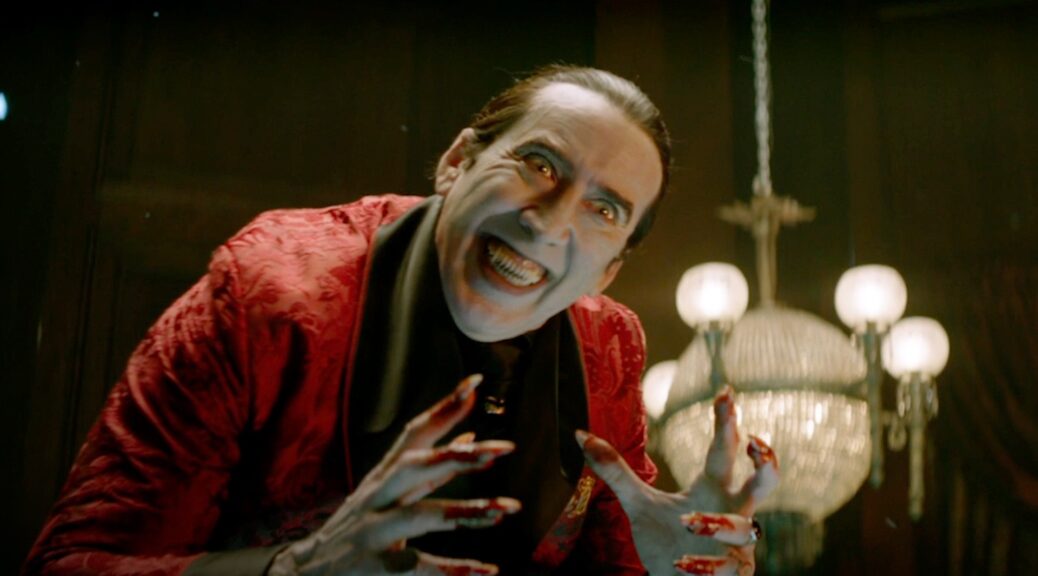Sisu
by Hope Madden and George Wolf
Is there anything in all the world more satisfying than watching Nazis die? Perhaps not.
Jalmari Helander, the genius behind 2010’s exceptional holiday horror Rare Exports, squeezes a lovechild from Leone and Peckinpah by way of Tarantino (natch). The result, Sisu, a kind of WWII-era Scandinavian John Wick.
That sounds borrowed, but it doesn’t feel borrowed. It feels stylized but never derivative.
Rare Exports star Jorma Tommila plays Aatami Korpi. Korpi used to be a soldier. He left that – and his reputation as a “one man death squad” – behind, instead roaming Lapland with his dog and his horse in search of peace and gold.
After finding one, the other becomes even more elusive.
The Nazis, their loss imminent, are leaving scorched earth behind as they move across Lapland. Their paths cross Korpi’s. It doesn’t go well for the Nazis.
Helander’s confident vision meshes majestically with the cinematography of Kjell Lagerroos, capturing the lonesome beauty of Lapland in one minute, the next minute bursting with the frenetic energy and viscera of action. The stunt choreography and editing in the dizzying array of carnage-laden set pieces are breathtaking. Knives, guns, fisticuffs, tank fire, regular fire, land mines, a hanging, airplanes – a seemingly endless string of magnificently crafted violent action keeps the pace breathless.
Speaking of breath, there’s an underwater sequence that’s a real gem. And a great deal of Sisu’s success is in the novelty of its action. We’ve seen about 11 hours of John Wick by now. It’s hard to do something new.
But Helander manages. Composers Juri Seppä and Tuomas Wäinölä also assist in lifting the heights of this spectacle, and it becomes as beautiful a celebration of bloodletting as we’ve seen for some time.
And though a final confrontation between Korpi and the ruthless SS Commander tracking him (Aksel Hennie) is never in doubt, it takes on a greater significance thanks to Helander’s clearly-drawn stakes. The Nazi is looking to buy his redemption, while Korpi sees the chance to finally escape his past.
Vengeance? Oh, that’s here, too, for both Korpi and some POWs who smugly warn their German captors of what is coming. They say the Finnish word for what the wandering stranger is does not translate, but that he is no ordinary traveler.
And the film is no ordinary travelogue. Clocking in at just 91 minutes, Sisu is perfectly lean, relentlessly mean, and consistently satisfying at every blood-soaked turn.













